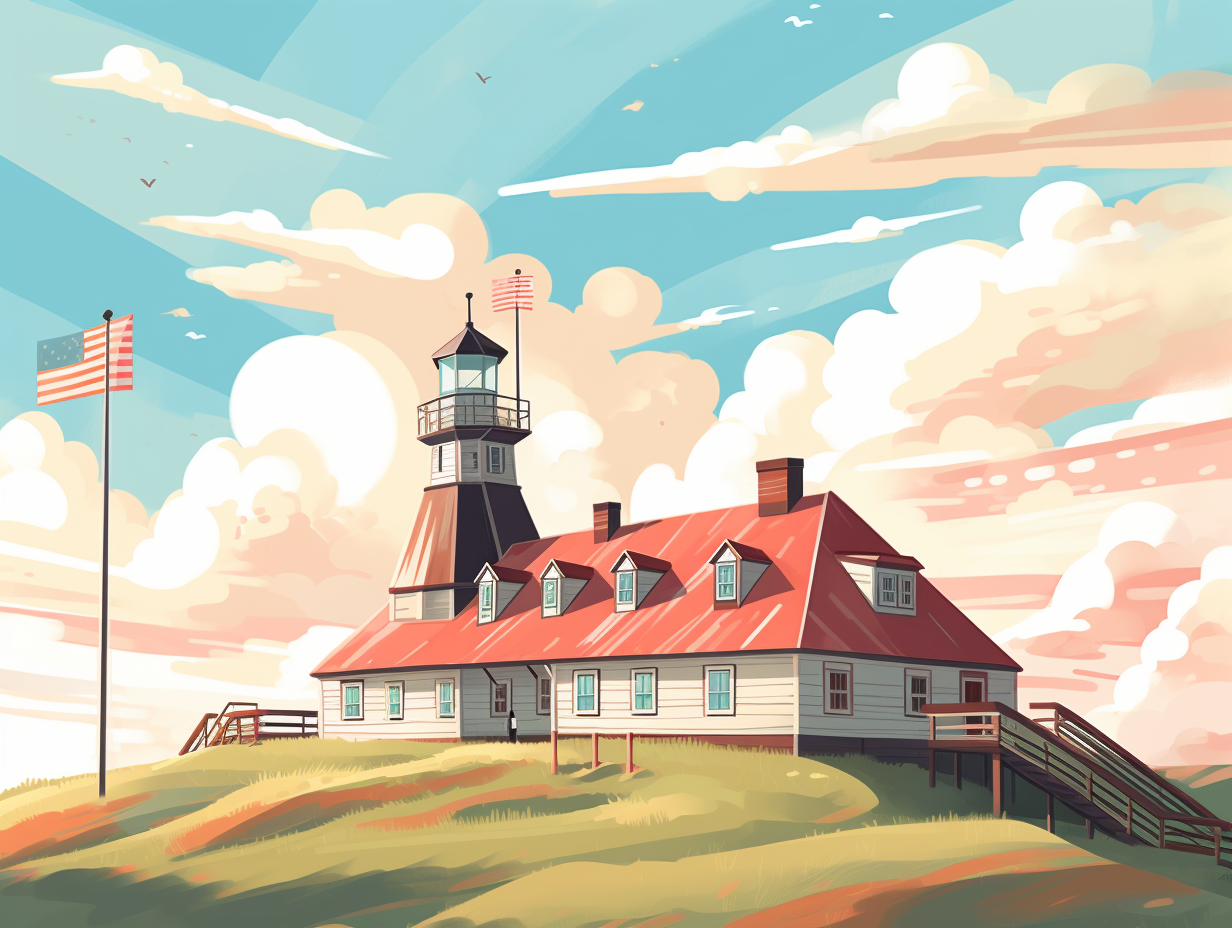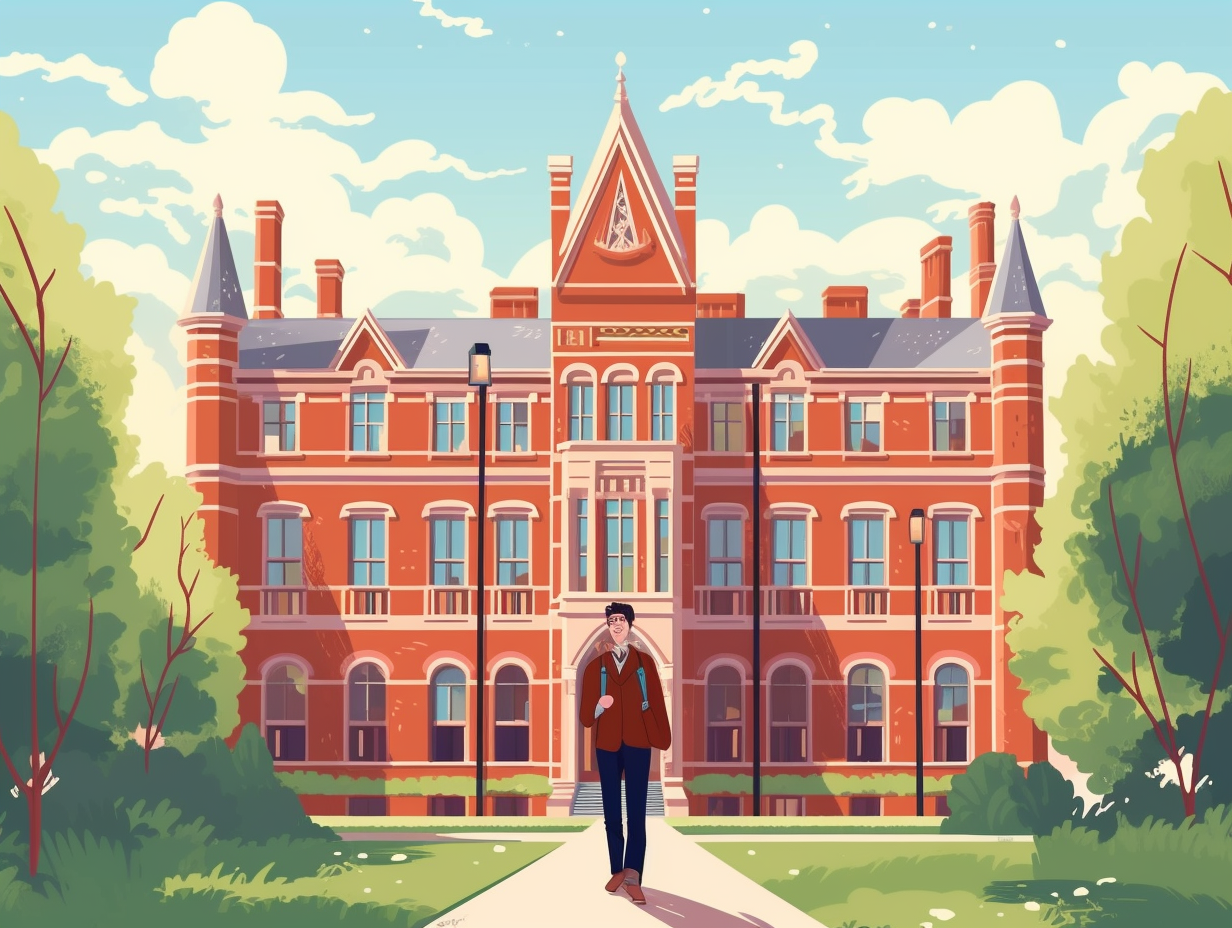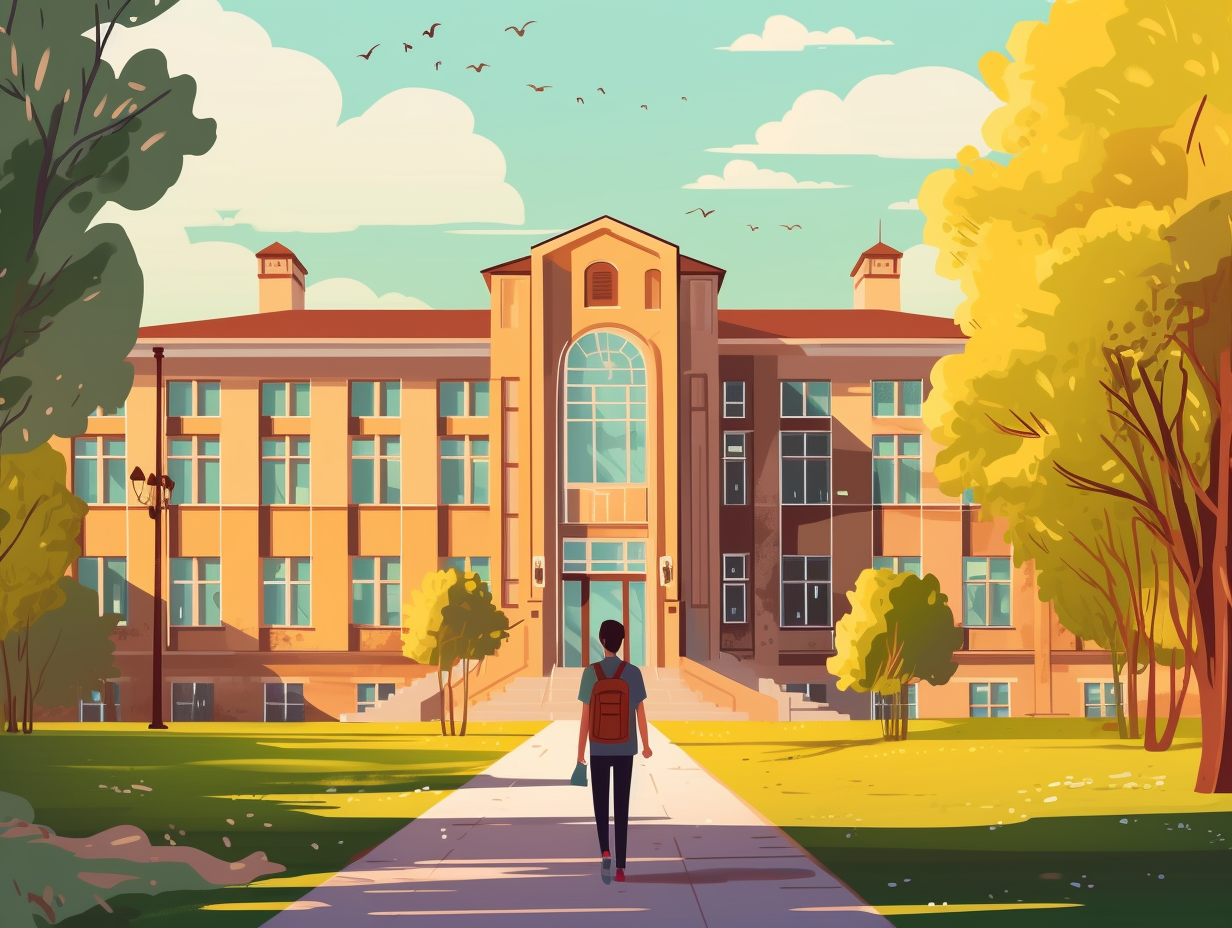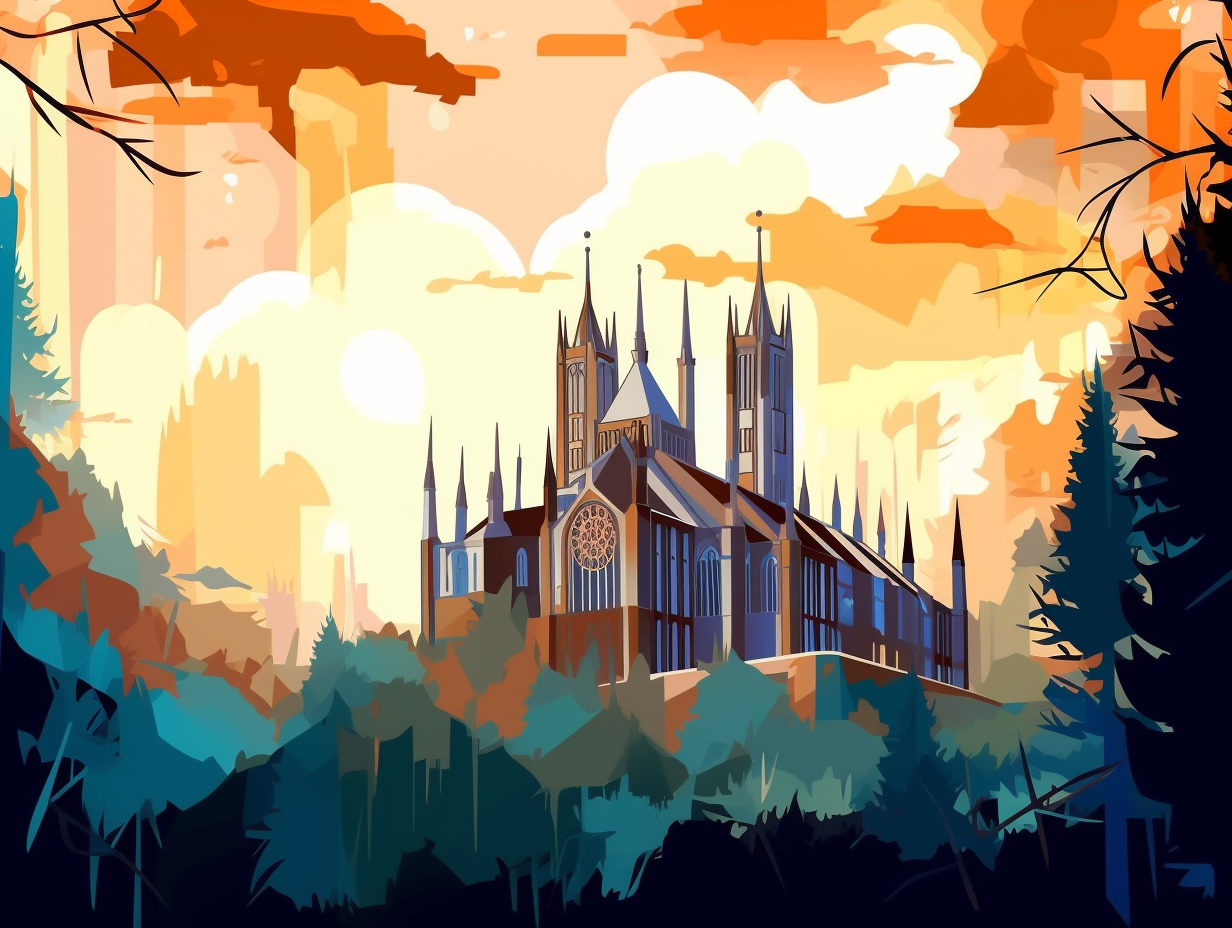Discover the Secrets: Top 12 Fun Facts About Castillo de San Marcos You Never Knew!

1. Grandma's Hand-Me-Down Fortress
If you thought your grandma's hand-me-downs were impressive, wait until you get a load of America's hand-me-down fort: Castillo de San Marcos is the oldest surviving masonry fortress in the United States, constructed between 1672 and 1695. With walls made of coquina blocks, a soft limestone composed of cemented seashells, even a cannonball couldn't bring this ancestral abode down. In fact, during the fiery War of Spanish Succession in 1702, this bad boy stood tall while St. Augustine burned around it.
Source => nps.gov
2. OG Shell-Protected Stronghold
You might consider Castillo de San Marcos the OG, or "Original Gangster," of fort resilience with its unique limestone armor made of ancient pancaked seashells – talk about old-school protection: This Florida fortress boasts ocean-side walls that are 19 feet (5.8 m) thick, made from coquina stone, a tough yet porous material that absorbs and compresses the shock from cannon fire without shattering. This nifty shell-swaddled stronghold played a crucial part in shielding St. Augustine and maintaining Spanish control over the Sunshine State.
Source => nps.gov
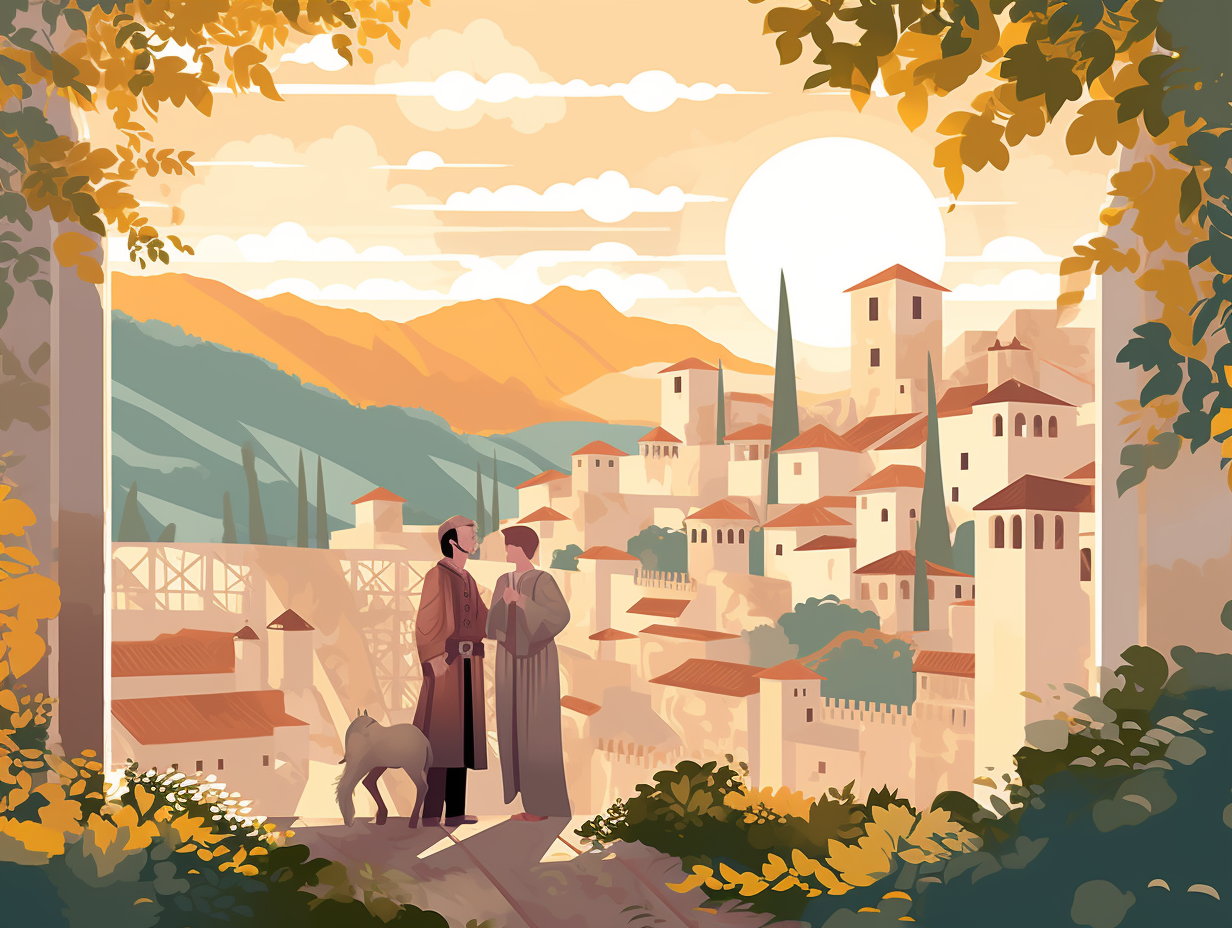
Did you know that the Alhambra's intricate geometric patterns inspired M.C. Escher to create his mind-bending art? Discover how these unique designs showcase unparalleled craftsmanship and cultural significance! ✨🕌
=> Fun Facts about Alhambra
3. Clam-Powered Fortress
Introducing the maritime marvel that's not clamming up under pressure: the Castillo de San Marcos! This remarkable fortress in St. Augustine is made of coquina, a unique limestone composed of shells from the entrepreneurial tiny clam, donax variabilis. This porous yet powerful stone became the superhero of its era, compressing and absorbing blows from relentless English attacks in the early 1700s like a sponge (or a clam!) rather than crumbling. Cast aside your doubts, ladies and gentlemen, for this undersea creation has kept St. Augustine safe from invasion thanks to its impervious resilience.
Source => nps.gov
4. Canons of the Castillo Show
Forget Pirates of the Caribbean: it's time for Canons of the Castillo! Twist your mustache and buckle your swashbuckles, as you watch period-costumed performers fire replica cannons while shouting century-old Castilian Spanish commands: At Castillo de San Marcos, this riveting cannon firing demonstration involves three authentic-looking cannons, lasts for 15-25 minutes, and is led by knowledgeable staff and volunteers – a blast from the past you simply can't afford to miss!
Source => nps.gov
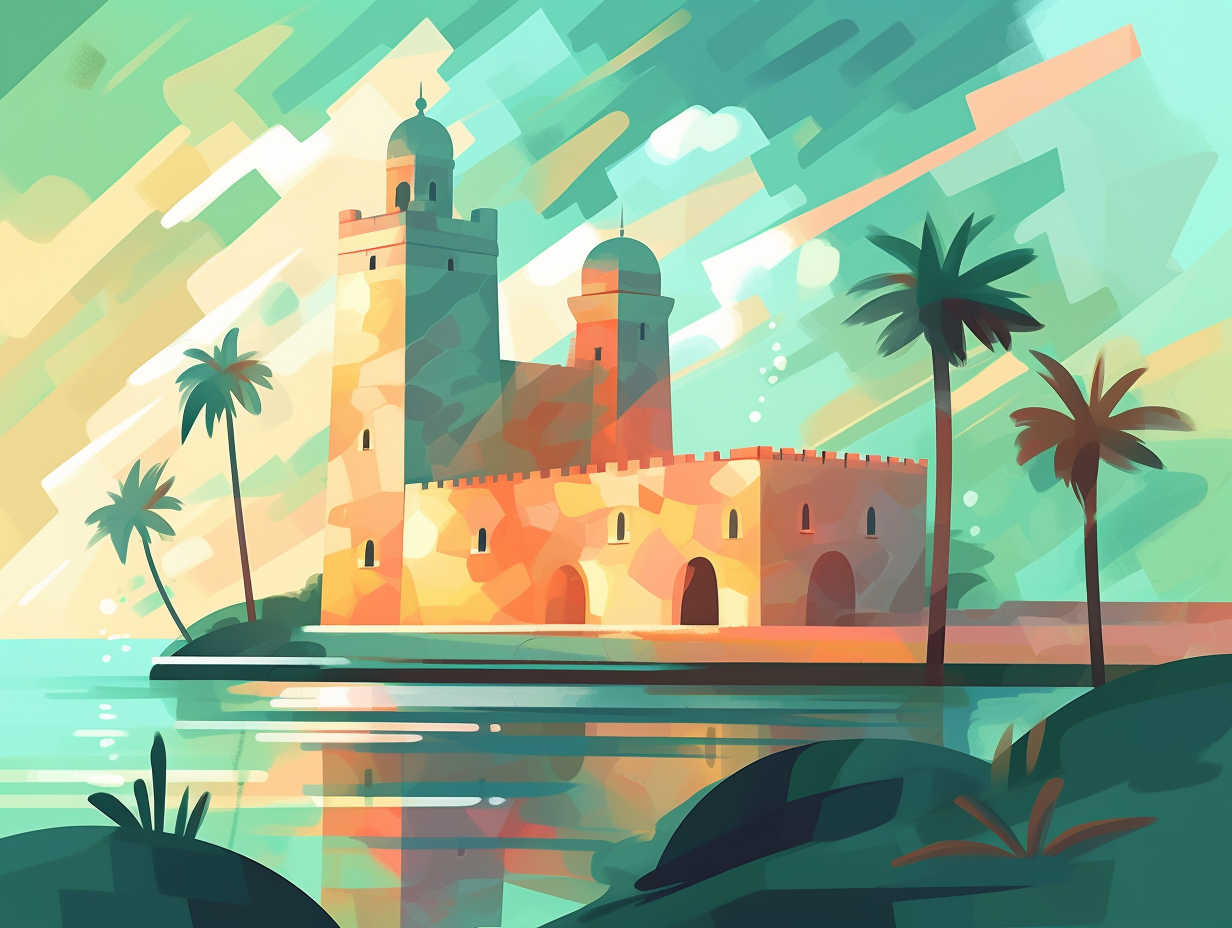
5. Chatty Ancient Spanish Walls
If walls could talk, the Castillo de San Marcos would probably speak in an ancient Spanish accent, regaling us with chivalric tales of defending against dashing enemy pirates and late afternoon tea with soldiers: In reality, this impressive fortress constructed in the late 17th century guarded the Spanish settlement of St. Augustine, Florida for over 200 years, with its one-of-a-kind coquina stone withstanding sieges by British folks and even the Union Army during the Civil War. Today, this charming antique of a stronghold proudly stands as a National Monument and a hotspot for tourists eager to experience a slice of history-rich, architectural alchemy.
Source => sanmarcostx.gov
6. Fort's Identity Crisis
Who needs a witness protection program when you've got a fort with an identity crisis? Say hola to Castillo de San Marcos - or is it Fort St. Marks or Fort Marion?: Over the centuries, this historic fortress has changed names three times, starting as Spain's Castillo de San Marcos, becoming Britain's Fort St. Marks during the American Revolution, then America's Fort Marion after Florida's acquisition, and finally coming full circle back to Castillo de San Marcos in 1942.
Source => governorshouselibrary.wordpress.com
7. Coquina: Not a Cocktail!
If you thought coquina was just an exotic cocktail best served on a sunny beach, think again: The Castillo de San Marcos, with its striking star-shaped design, is actually one of only two forts in the world made from this rare limestone called coquina, which gave its walls a distinct advantage by absorbing the impact of cannonballs like a champ!
Source => ghostcitytours.com
8. Shell-Built Fort Resilience
Who said you can't have your shells and build with them too? At Castillo de San Marcos, that's exactly what they did: This historic fort's walls are constructed from a one-of-a-kind limestone called coquina, consisting of tiny shell fragments that not only lend the fort its signature yellow hue but also make it more resistant to cannon fire by absorbing impact, as proven during the 1702 and 1740 sieges where the walls withstood the barrage without falling to pieces.
Source => floridamemory.com
9. Geronimo's Hide and Seek
Breaking Bat-err, Fort! It seems ol' Geronimo's clan was more than acquainted with the 'inside' of Castillo de San Marcos, seeking refuge and probably playing a few games of hide and seek on the sly: From the 19th century, the fortress served as a prison for over 500 Native American prisoners of war, including the Apache leader Geronimo's family, which saw three different internment periods and even some Apache children born within its walls.
Source => savingplaces.org
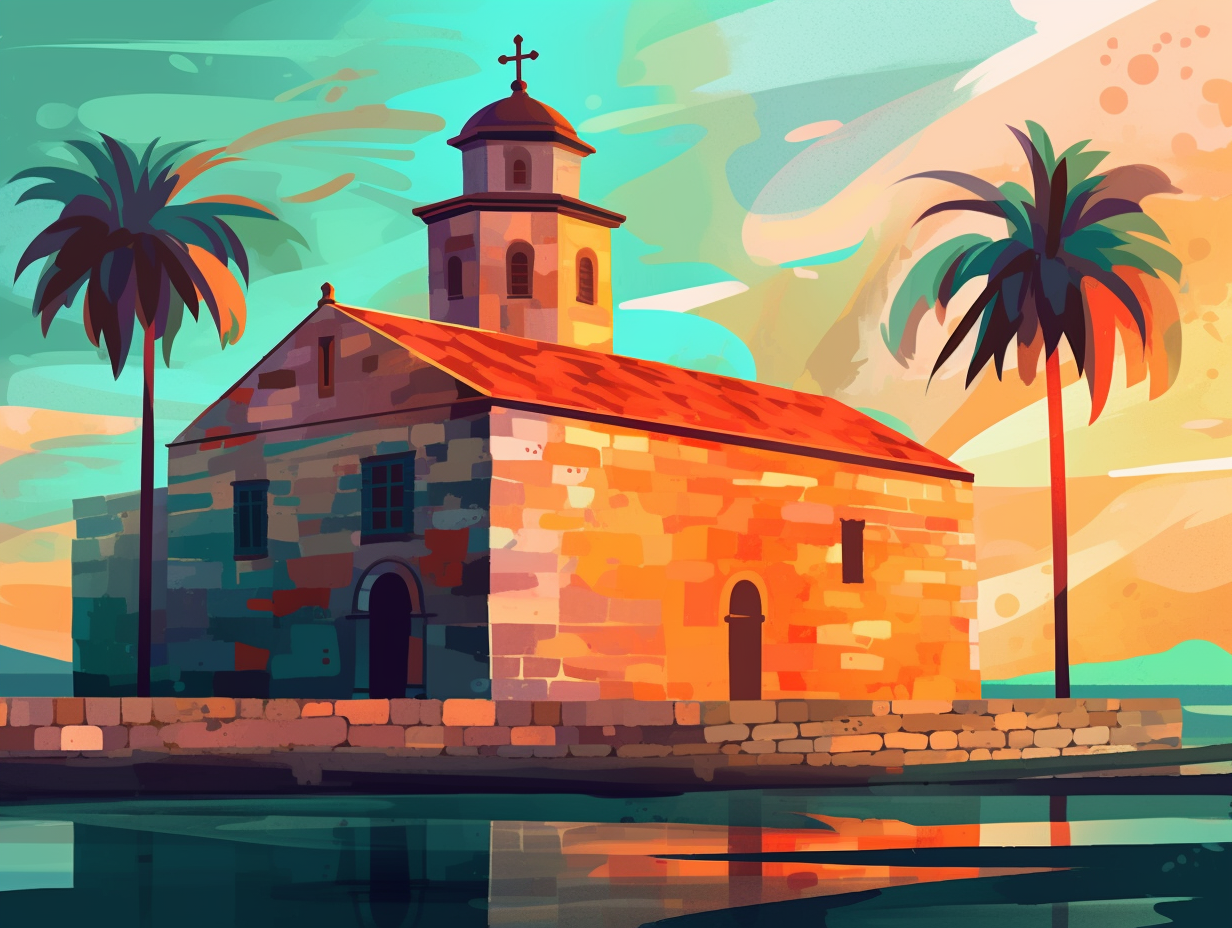
10. Knock Knock, Name Change
Knock knock, who's there? Fort Marion, it's Castillo de San Marcos with a name change! Not one to shy away from a good makeover, this historic fortress went from Spanish to British, to American, and back to Spanish again: Originally bearing the name Castillo de San Marcos, the fort was temporarily renamed Fort Marion under British and American control before reverting to its old moniker after the Civil War brought a tourism boom in Florida.
Source => nps.gov
11. 18th Century Escape Room
Slavery Escape Rooms, 18th Century edition: The Castillo de San Marcos was the ultimate safe house for fugitive slaves seeking religious freedom and a fresh start in Spanish Florida – talk about a life-changing getaway package! Serious reveal: The fort's policy of granting freedom to slaves who converted to Catholicism sparked the formation of Fort Mose, the first free Black settlement in the future United States.
Source => en.wikipedia.org
12. Big Daddy of Masonry Forts
If you thought your grandma's stone walls were old and intimidating, wait till you meet the big daddy of masonry forts: The Castillo de San Marcos is the oldest masonry fort in the continental United States and has stood strong for over 300 years, with its coquina walls protecting Spanish territories from French and British invaders.
Source => npshistory.com
Related Fun Facts



